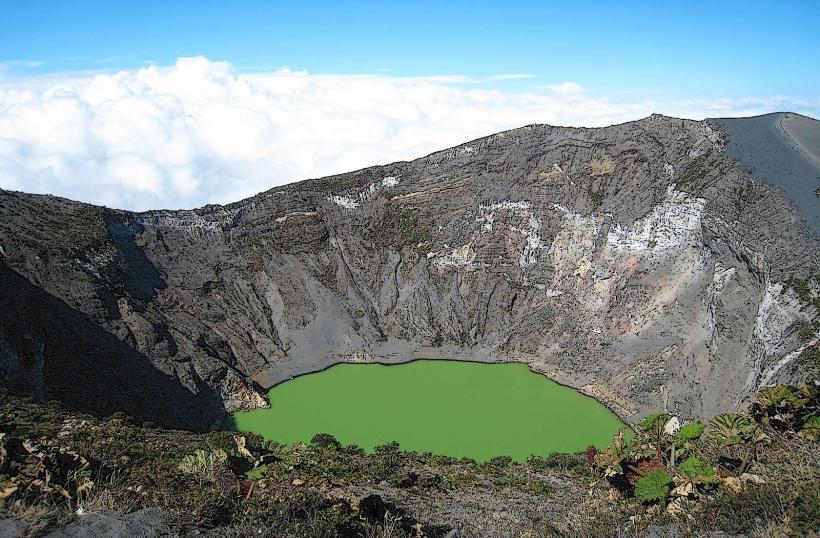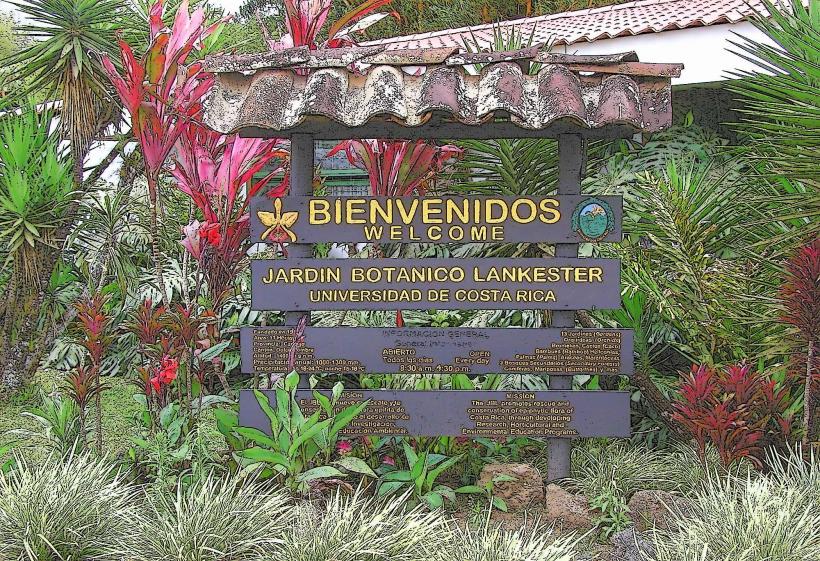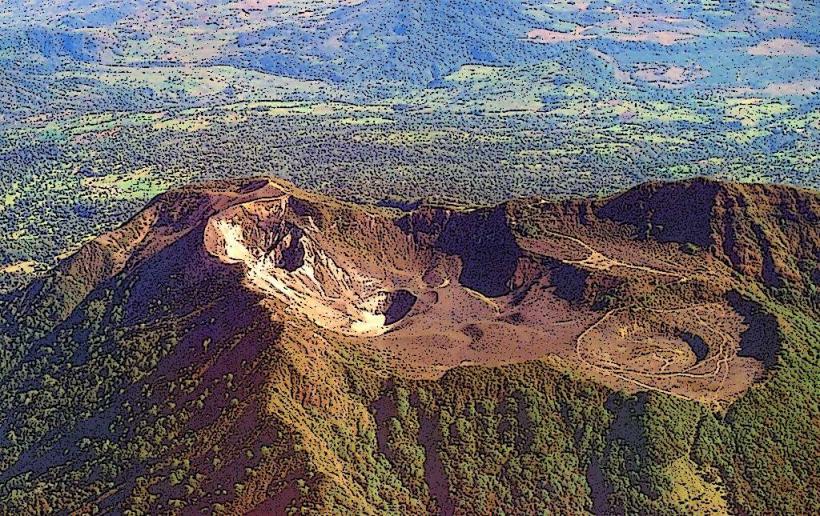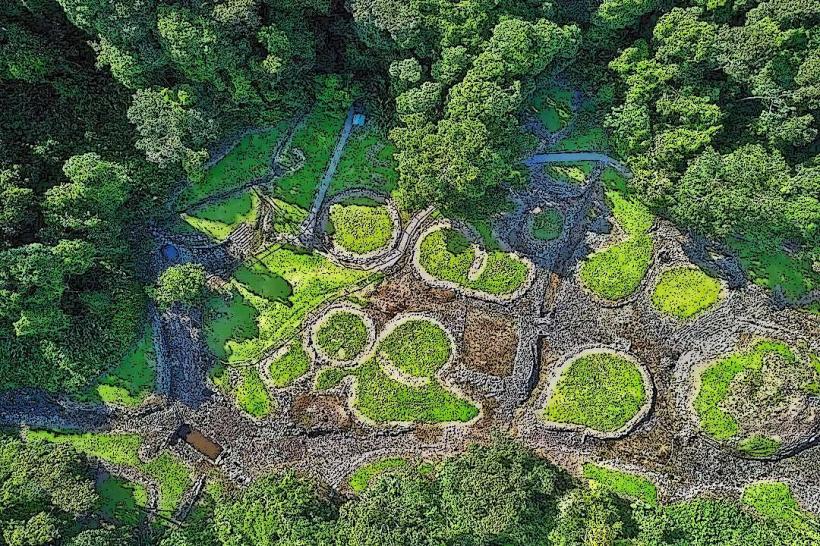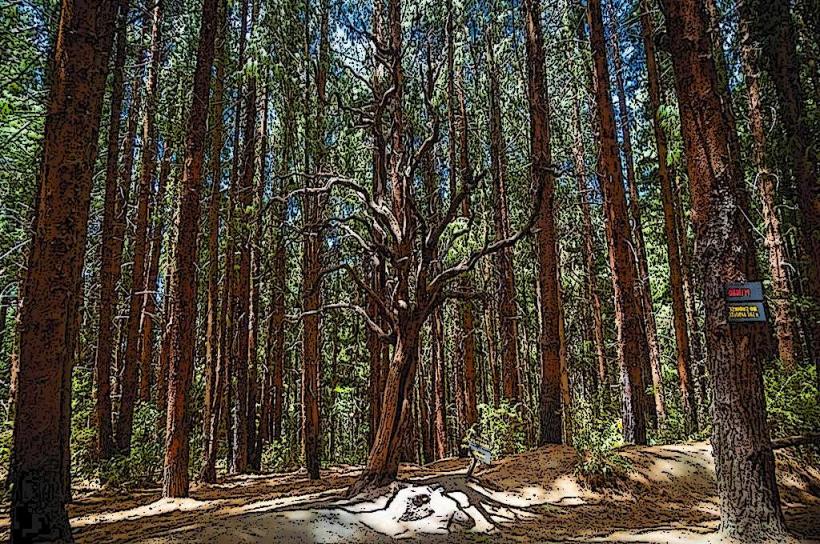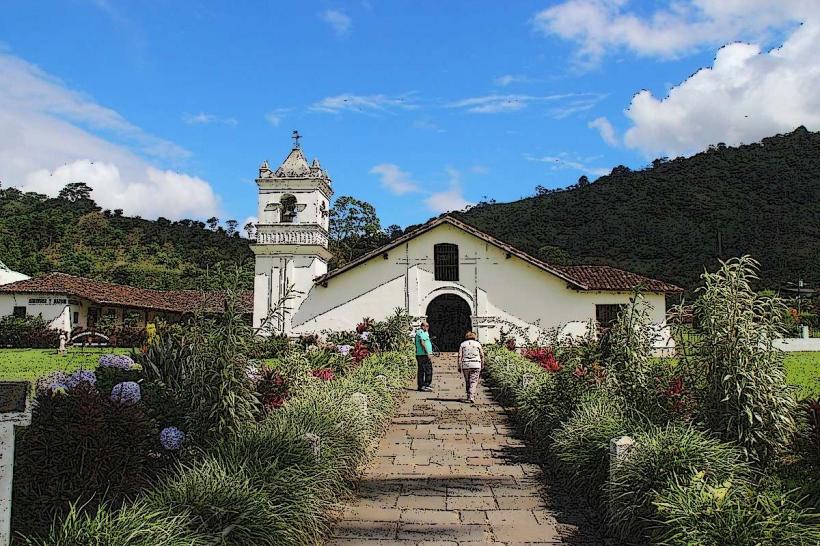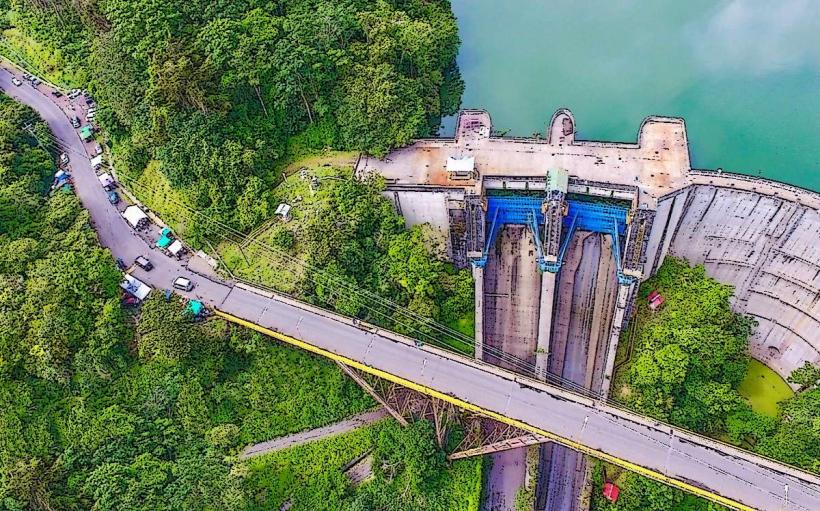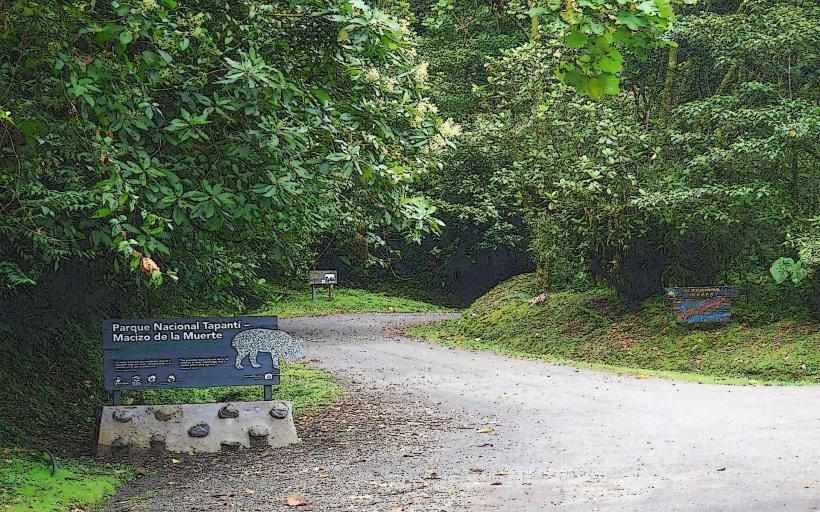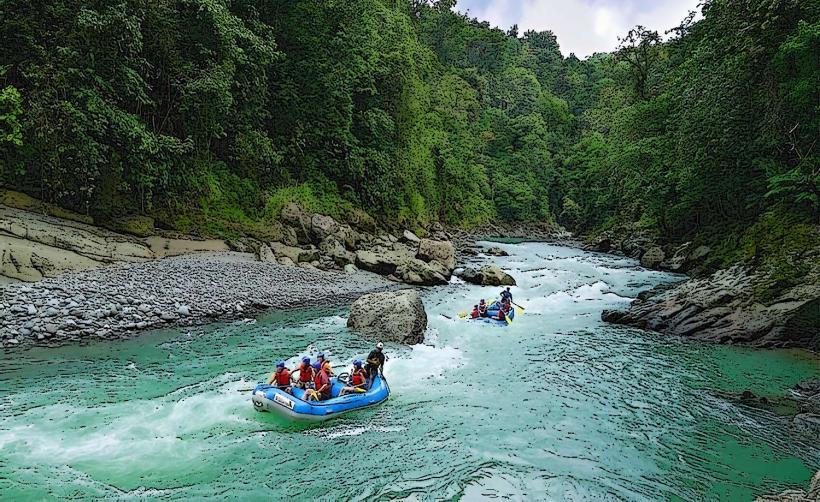Information
Landmark: Basilica of Our Lady of the AngelsCity: Cartago
Country: Costa Rica
Continent: North America
The Basilica of Our Lady of the Angels (Basílica de Nuestra Señora de los Ángeles), located in the town of Cartago, Costa Rica, is one of the country's most significant religious landmarks. This Roman Catholic basilica is dedicated to Our Lady of the Angels (La Virgen de los Ángeles), the patroness of Costa Rica. The basilica attracts thousands of pilgrims every year, particularly during the feast day of the Virgin, held on August 2nd. The church is an architectural marvel and a center of both religious devotion and cultural significance in Costa Rica.
Overview:
- Name: Basilica of Our Lady of the Angels (Basílica de Nuestra Señora de los Ángeles)
- Location: Cartago, Costa Rica
- Founded: 1639
- Basilica Status: Elevated to Basilica Minor in 1924
- Patronage: Dedicated to Our Lady of the Angels (La Virgen de los Ángeles), the patroness of Costa Rica
- Feast Day: August 2nd
History:
The history of the Basilica of Our Lady of the Angels dates back to the early 1600s. According to tradition, a small statue of the Virgin Mary, known as La Negrita (The Little Black Virgin), was found in a small cave near the town of Cartago in 1635. This statue was said to be miraculous, and over time, it became a symbol of hope and faith for the local people.
In 1639, the first church was built to house the statue, and over the centuries, it was expanded and renovated to accommodate the growing number of pilgrims who came to venerate the statue. The current basilica was completed in the 1980s and stands as a grand and imposing structure in the heart of Cartago.
In 1924, the church was elevated to the status of Basilica Minor by the Vatican, recognizing its importance as a site of pilgrimage and religious devotion. Today, it remains a central place of worship and a major pilgrimage site for Catholics throughout Costa Rica and beyond.
Architectural Features:
1. Exterior Design:
- The Basilica of Our Lady of the Angels is designed in a neo-Gothic architectural style, which is evident in its pointed arches, intricate stone carvings, and impressive spires. The basilica's façade is ornately decorated, featuring twin towers and large stained-glass windows, many of which depict scenes from the life of Jesus Christ and the Virgin Mary.
- The building is made primarily of stone and concrete, with the exterior's striking white color providing a stark contrast to the surrounding green hills and the volcanic backdrop.
- The church is built to accommodate large crowds, with spacious interior aisles and seating for thousands of worshippers.
2. Interior Design:
- Inside the basilica, the altar is the focal point, adorned with elaborate decorations and religious symbols. The altar area is especially designed to highlight the statue of Our Lady of the Angels, which is placed in a golden alcove above the altar.
- The interior features stained-glass windows that allow natural light to illuminate the space, filling the basilica with color and an ethereal atmosphere. The ceilings are high and vaulted, adding to the grandeur of the space.
- The pulpit and confessional booths are also made of polished wood, adding a touch of warmth to the otherwise stone-heavy interior.
- The basilica's layout allows for large-scale religious ceremonies, including Masses, processions, and special celebrations.
3. The Statue of Our Lady of the Angels (La Negrita):
- The most important feature of the basilica is the statue of Our Lady of the Angels, affectionately known as La Negrita. The statue is small, measuring only about 30 centimeters (12 inches) tall, but it is deeply revered for its miraculous properties.
- The statue is depicted as a black Madonna, with dark skin, and is often associated with the intercession of the Virgin Mary in times of trouble. It is said that the statue was found after being repeatedly placed in different locations, only to return to the cave where it was originally discovered. This phenomenon solidified its importance and reputation as a miraculous statue.
- Pilgrims travel to the basilica to see the statue, particularly during August 2nd, when thousands participate in a pilgrimage to celebrate the feast day of the Virgin.
4. Sacred Gardens and Courtyards:
- Surrounding the basilica are beautiful gardens and courtyards, which are peaceful places for visitors to reflect and pray. The gardens are meticulously maintained, with flowers, shrubs, and trees that create a tranquil atmosphere.
- The plaza in front of the basilica is often the site of religious gatherings, including processions during special events like the feast day. The space is open and wide, providing room for the large crowds that visit the basilica.
Religious and Cultural Significance:
1. Feast Day (August 2nd):
- The feast day of Our Lady of the Angels is one of the most significant religious events in Costa Rica. It is celebrated every year on August 2nd, attracting thousands of pilgrims from all over the country and beyond.
- On this day, people from all walks of life participate in the annual pilgrimage to Cartago, some walking for days to reach the basilica. The day is marked by religious services, processions, prayers, and celebrations honoring the Virgin.
- It is a time for Costa Ricans to express their gratitude and devotion to Our Lady of the Angels, with many offering candles or flowers as a sign of respect.
2. Pilgrimage Site:
- The basilica is a pilgrimage destination for Catholics, who believe that the Virgin Mary watches over and protects the country. Many visit to pray for health, prosperity, and protection for their families and communities. Pilgrims often make offerings or ask for the intercession of the Virgin for personal or communal needs.
3. Cultural Heritage:
- The Basilica of Our Lady of the Angels is an integral part of Costa Rican culture and heritage. It represents the faith and spirituality of the people, and it is a symbol of national unity.
- The basilica also plays an important role in Costa Rican festivals and traditions, and it is a place of pilgrimage not only for religious reasons but also for cultural and social significance.
Visitor Information:
1. Hours:
- The basilica is open every day, and visitors can attend Mass or simply visit the church for prayer and reflection. Masses are held regularly, especially on Sundays and during special religious occasions.
2. Admission:
- There is no entrance fee to visit the basilica. It is open to the public, with donations encouraged to help with the maintenance and restoration of the building and its grounds.
3. Accessibility:
- The basilica is located in the town of Cartago, which is easily accessible by car or bus from San José (approximately 30 minutes). The site is wheelchair accessible, and there is ample parking available for visitors.
- Visitors who wish to experience the pilgrimage can walk the distance to Cartago from various parts of the country, especially during the annual feast day.
Why Visit?
The Basilica of Our Lady of the Angels is a must-visit for anyone traveling to Costa Rica, whether for religious reasons, cultural exploration, or simply to experience the beauty of one of the most important sites in the country. Its architectural grandeur, historical significance, and the deep faith of the local people make it a unique and special destination. Whether you’re interested in learning about Costa Rican culture, witnessing a religious tradition, or enjoying the peaceful surroundings, the basilica offers something for everyone.

